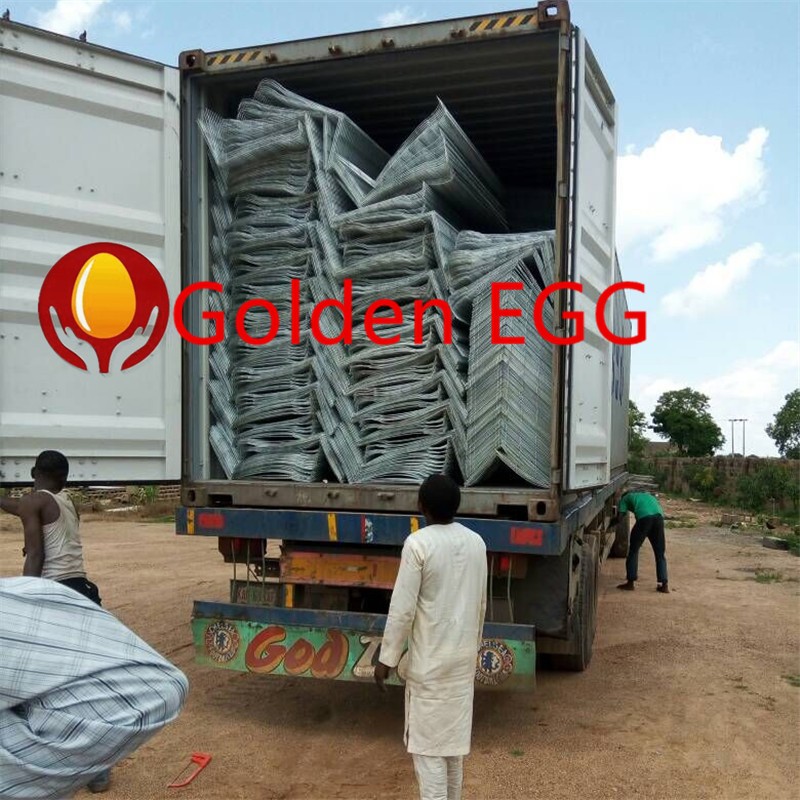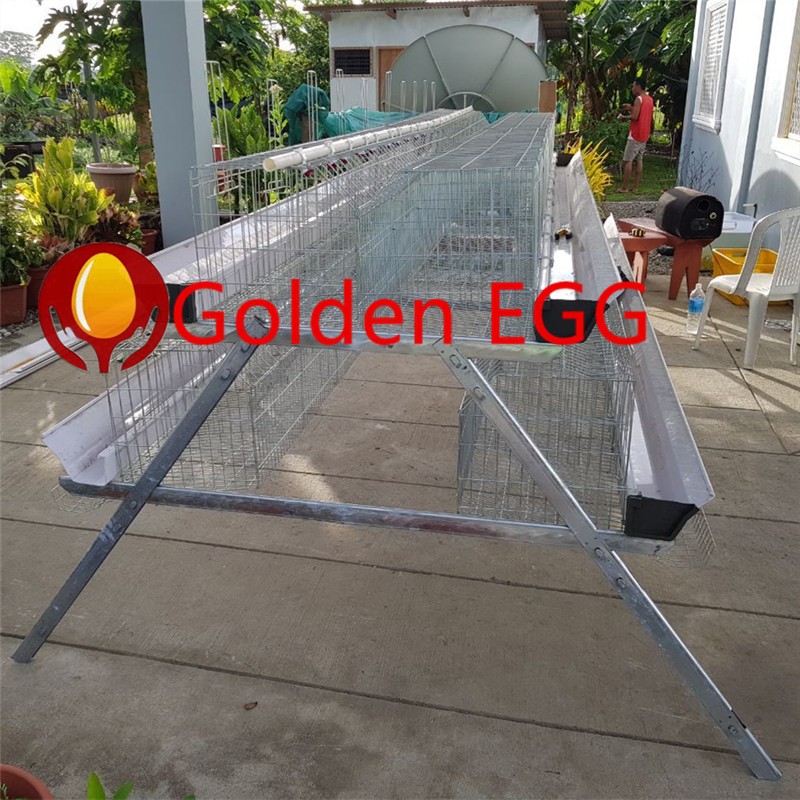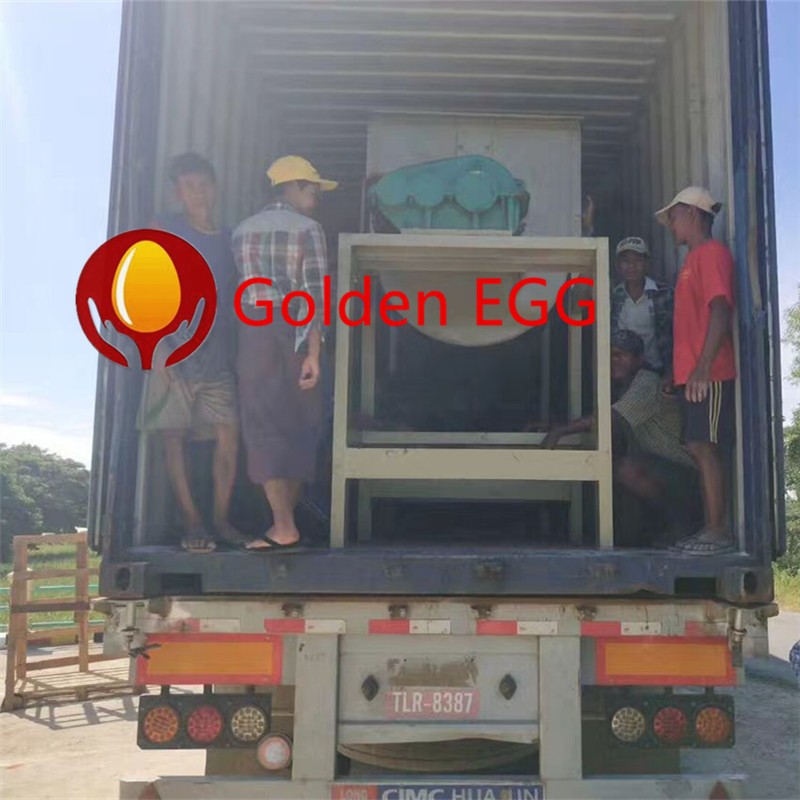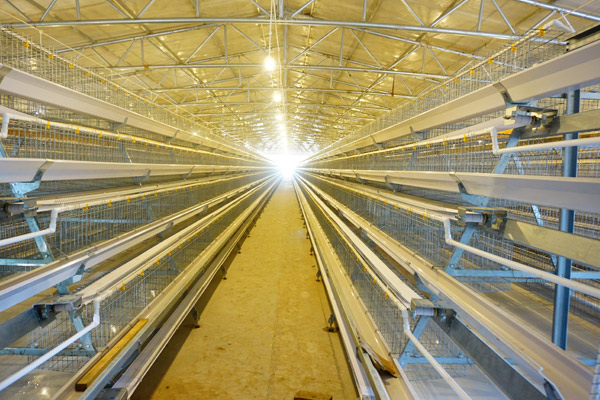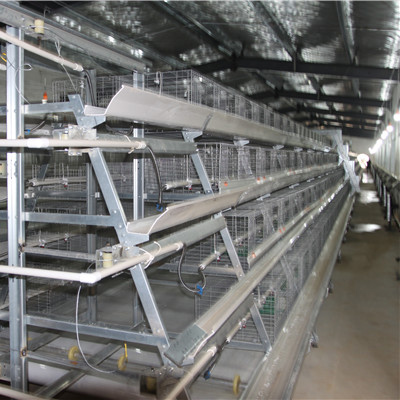Doing a good job of disinfection is a very important part of the whole chicken raising process for how much cost for 10,000 laying hens steel cage system. It plays a vital role in preventing the occurrence of infectious diseases and ensuring the health of the flock. Before entering the chicks, the brooding houses and utensils should be strictly disinfected.
1. Disinfection of utensils For water trays for how much cost for 10,000 laying hens steel cage system, troughs, trays and parts that are easy to handle and disassemble, soak them with 10% lime milk, then rinse them with water and let them dry.
2. Sterilization of the brooding house First clean the brooding house and thoroughly clean the dirt, dust, etc. on the ground, walls, roof and brooder bracket for how much cost for 10,000 laying hens steel cage system . Next, rinse the ground, cage, etc. with clean water, and spray disinfection with a 0.1 lat. Finally, fumigation is carried out according to the size of the brooding house. Before fumigation, all the items used for brooding should be placed in the brooding house, and all windows and vents should be sealed and then fumigated. The specific method is to use 14g potassium permanganate and 28ml per cubic meter of space for disinfection. The ratio of potassium permanganate to formaldehyde is 1:2. If the house is seriously polluted, increase the amount of disinfectant, such as 30 g of potassium permanganate and 60 mL of formaldehyde per cubic meter of space. The chick cage manufacturer recommends that the following points be noted during this process.
(1) Fumigation and disinfection appliances should be larger to prevent splashing of disinfectant for how much cost for 10,000 laying hens steel cage system.
(2) Put potassium permanganate in the operation first, then slowly put formaldehyde into potassium permanganate, and quickly leave and seal the room.
(3) The disinfection effect is related to temperature and humidity. The higher the temperature and the higher the humidity, the better the disinfection effect. Therefore, before the disinfection, the temperature and humidity in the brooding house should be properly raised. The general indoor temperature should not be lower than 15- 20C.
(4) The airtight time should not be less than 24 hours.
(5) After disinfection, all doors and windows should be opened, and at least one week of ventilation time should be kept to eliminate the odor in the house. Therefore, fumigation should be carried out half a month before the hatching. Prematurely, the disinfection effect will be reduced, and if it is too late, the odor will not be discharged.





